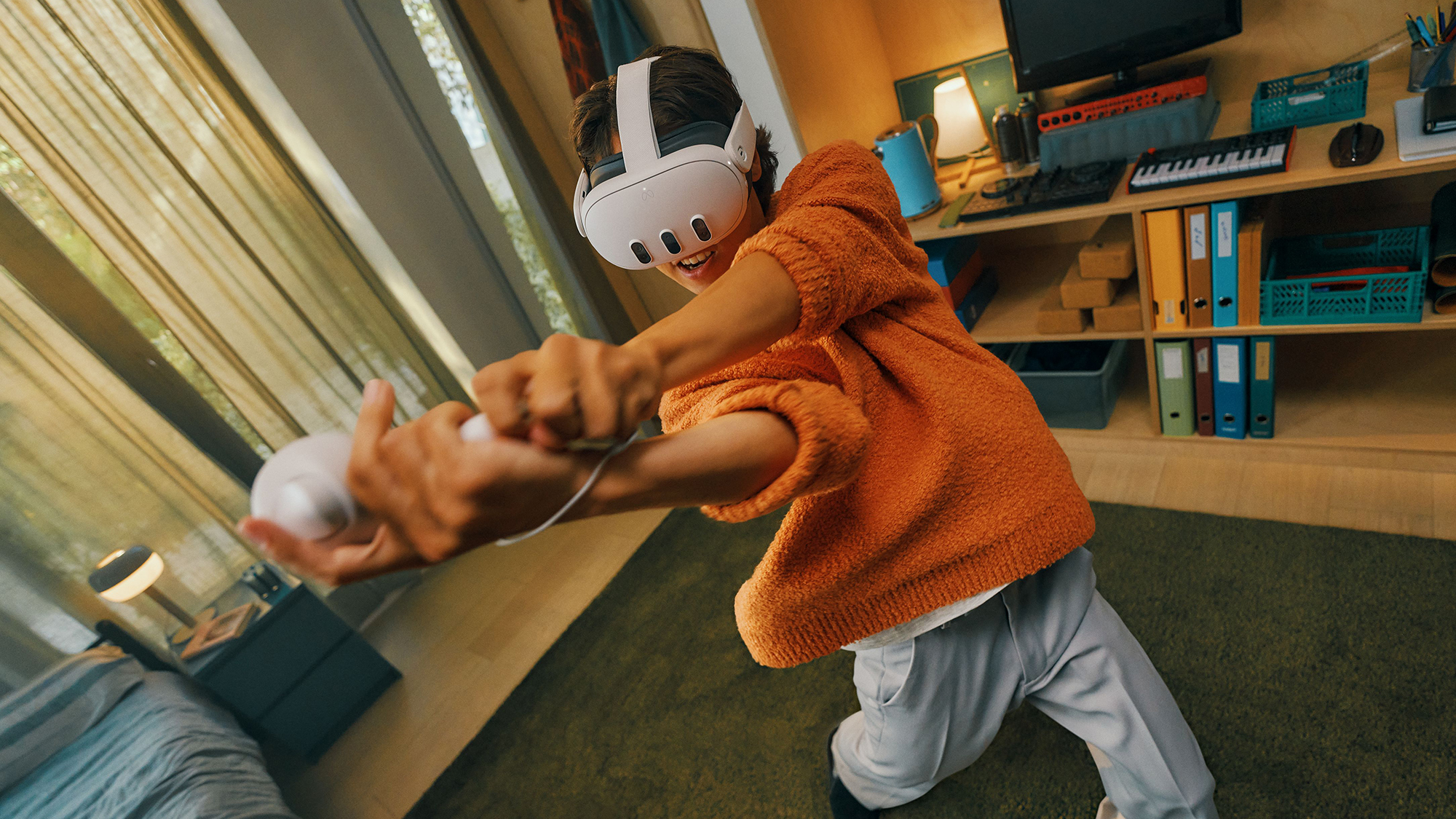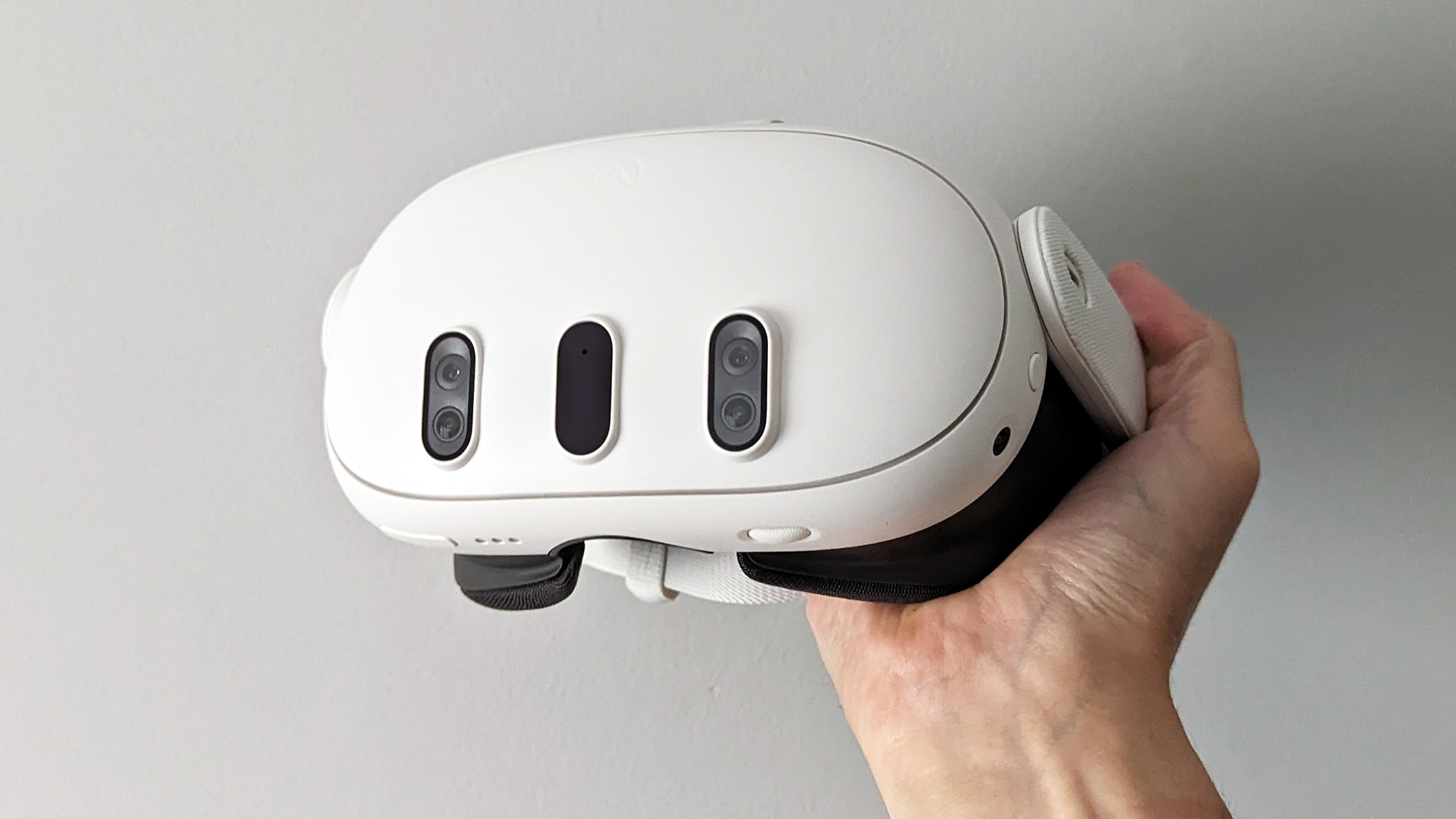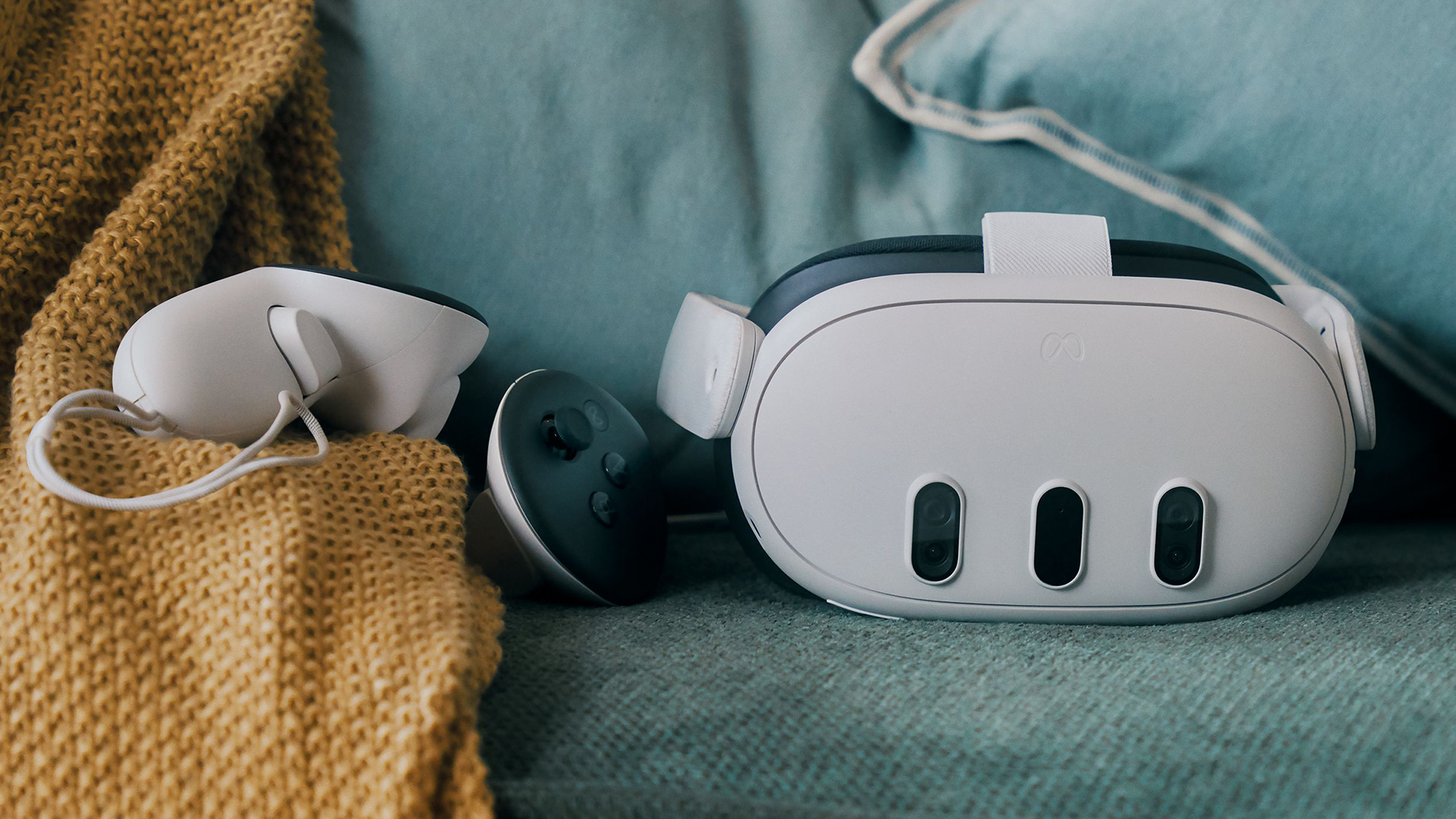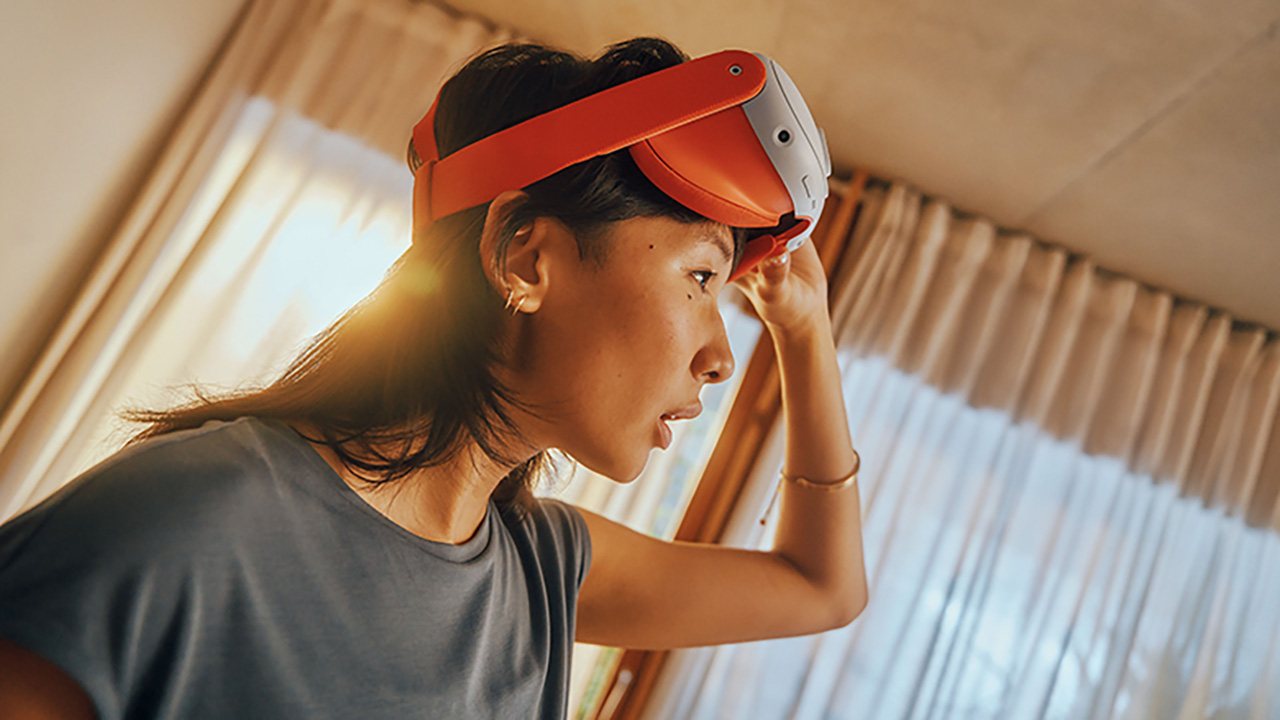

I've reviewed the Meta Quest 3 and been living with it for a over a week now – and if you're considering buying the mixed/virtual reality headset that I described as "major upgrade over the Quest 2" and the device that could be a tipping point for these digital experiences, then I've got some more advice.
There are certainly realisations you get about a gadget that only comes after you've spent a substantial amount of time with it, way after you've got past the unboxing, the setup, and the first impressions. Take it from me, as someone who's used the Quest 3 extensively, that you need to bear all of these points in mind.
1. Go for the bigger storage option

Most mixed reality and virtual reality games and apps we've come across on the Meta Store take up several gigabytes of space – and some even go into double figures. There are a commendable number of titles available for the Quest 3, but you don't want to be spending time uninstalling and redownloading to swap between them.
With that in mind, go for the £619.99 / $649.99 model of the headset that gives you 512GB of storage space, rather than the £479.99 / $499.99 version with 128GB of storage – if you can afford it. Sure, you can get by on the smaller model, but the extra convenience you get with the extra storage is worth the expense in my opinion.
2. Budget for some accessories
It's still early days for the Meta Quest 3, but there are already some very appealing accessories available for the headset. I'm aware that I've just recommended that you spend extra on the 512GB version of the Meta Quest 3, but it's also worth putting some money aside for a few essential accessory upgrades too.
For example, while there are no problems with the supplied headstrap (and it's better than it was on the Quest 2), we're very tempted by the £69.99 / $69.99 Elite Strap for better flexibility and durability, and the £129.99 / $129.99 charging dock that handles the two Touch Plus controllers as well as the headset itself.
3. You don't need to clear your room

Don't worry about spending ages clearing room in your living room or bedroom or study – the Quest 3 is fantastic at mapping out the space that it has available to it, picking out where items of furniture are and working around them. It's all done automatically through the on-board cameras, and you can then tweak the boundaries manually if needed.
Get all the latest news, reviews, deals and buying guides on gorgeous tech, home and active products from the T3 experts
Some mixed reality games actually make use of boundaries with irregular shapes (think aliens hiding behind the sofa, and so on). It's incredibly flexible, and if the boundaries in a room change, updating the space only takes seconds. Alternatively, you can also use the Quest 3 while staying where you are, in either a sitting or standing position.
4. The visual upgrades are substantial

As we were sent a Meta Quest 3 unit to review, we didn't have to weigh up whether the Quest 3 or the Quest 2 was a better buy: the Meta Quest 2 (previously known as the Oculus Quest 2) remains on sale, and is substantially cheaper at £299.99 / $299.99 (and often comes with special offers on accessories too).
If you are in the position of having to choose between these two headsets for your next VR purchase however, you should know that the visual upgrades on the Quest 3 are substantial – with more pixels per eye and more graphical oomph as well. Everything from menu crispness to shadow rendering looks better on the newer headset.
5. You'll be waiting for some of the games

There are now more than 500 apps and games available for the Quest 2, and that means for the Quest 3 as well. Some key titles – including Red Matter 2 – have been upgraded to take advantage of the newer headset's extra GPU capabilities, and there are a handful of games and apps that make use of the upgraded passthrough technologies too.
However, don't expect to play a huge number of mixed reality games right away. There are more on the way – we're still waiting for Lego Bricktales and Ghostbusters: Rise of the Ghost Lord to launch at the time of writing, for example – but for the time being you're limited to the same software selection as there is on the Quest 2.
Dave has over 20 years' experience in the tech journalism industry, covering hardware and software across mobile, computing, smart home, home entertainment, wearables, gaming and the web – you can find his writing online, in print, and even in the occasional scientific paper, across major tech titles like T3, TechRadar, Gizmodo and Wired. Outside of work, he enjoys long walks in the countryside, skiing down mountains, watching football matches (as long as his team is winning) and keeping up with the latest movies.
